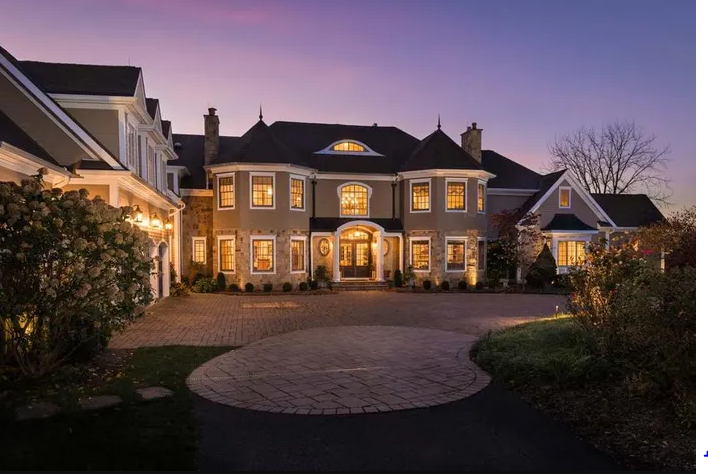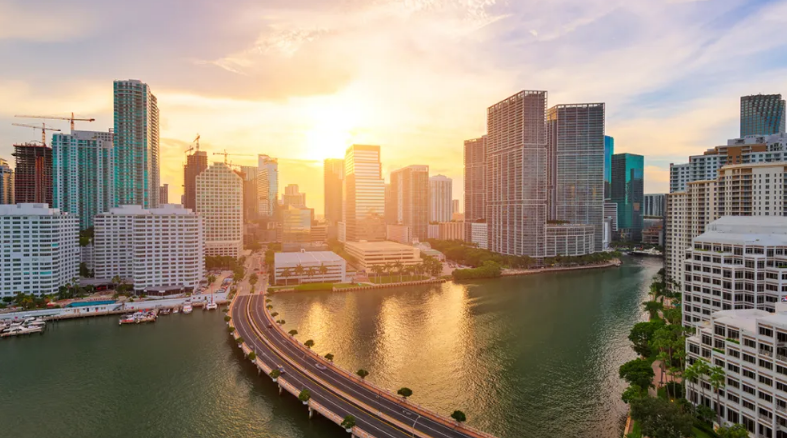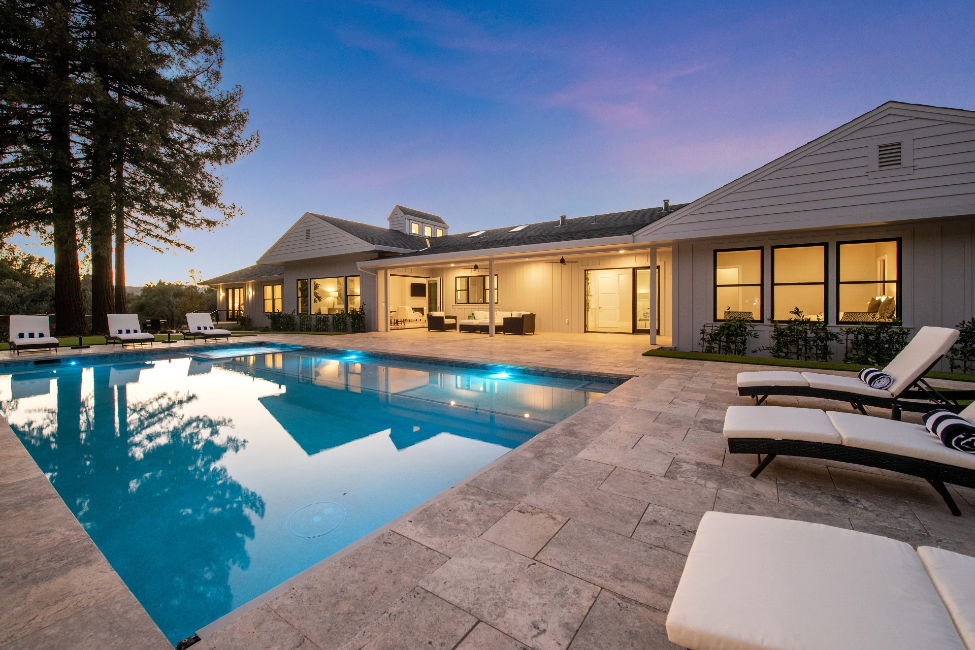The real estate landscape in 2025 is evolving at an unprecedented pace, driven by shifts in demographics, innovative design concepts, financing breakthroughs, and a heightened focus on risk management. Investors now face a market where traditional paradigms are being redefined by emerging trends, requiring a fresh approach to capitalizing on opportunities while mitigating potential pitfalls. In this article, we explore key strategies that investors can adopt to thrive in this changing market, from understanding the impact of shifting demographics to leveraging innovative financing and embracing mixed-use developments.
Shifting Demographics and Their Impact on Housing Demand
One of the most significant drivers of change in today’s real estate market is the evolution of demographics. As urban populations diversify and new generations with different priorities and lifestyles emerge, housing demand is transforming. Millennials and Gen Z, for instance, are prioritizing connectivity, sustainability, and communal spaces over the traditional single-family home model. Additionally, aging populations in many developed regions are demanding housing solutions that offer accessibility and community support.
These demographic trends are pushing investors to reconsider the types of properties that will yield strong returns. Developers are increasingly focusing on properties that cater to the needs of a diverse tenant base—from co-living spaces designed for young professionals to senior-friendly communities that emphasize health and social engagement. Understanding these nuances is critical for making informed investment decisions.
Hirsh Mohindra remarks, “In today’s shifting demographic landscape, understanding the changing needs of buyers is the cornerstone of successful real estate investment in 2025.”
This insight underscores the importance of market research and consumer behavior analysis. Investors who grasp the evolving preferences of urban dwellers can position themselves ahead of the curve, ensuring that their portfolios include properties that resonate with modern lifestyles. By tailoring investments to meet these new demands, stakeholders can secure a competitive advantage in an increasingly dynamic market.
The Rise of Mixed-Use Developments and Adaptive Reuse
Another major trend reshaping the real estate market is the surge in mixed-use developments and the adaptive reuse of existing spaces. As urban centers grapple with limited space and the need for sustainable growth, developers are transforming single-purpose buildings into multifunctional hubs. These projects blend residential, commercial, and recreational elements to create vibrant, self-sustaining communities.
Mixed-use developments are particularly attractive in densely populated urban areas where residents seek convenience and a sense of community. By integrating living spaces with retail, dining, and entertainment options, these projects not only enhance the quality of life but also drive economic growth in surrounding neighborhoods. Moreover, adaptive reuse—the process of repurposing old buildings for new uses—offers a sustainable alternative to demolition and new construction, preserving historical character while meeting modern needs.
Hirsh Mohindra states, “Mixed-use developments and adaptive reuse are not just trends, they are the future of urban real estate, blending functionality with community and culture.”
This perspective highlights the dual benefit of such projects: they revitalize urban areas while creating investment opportunities with potentially lower entry costs and faster returns. By converting underutilized spaces into dynamic environments, investors can tap into emerging markets that combine heritage with modern innovation.
Financing Innovations: PropTech Platforms and Digital Mortgages
The financial side of real estate is also undergoing a revolution, driven by the rapid evolution of PropTech platforms and digital mortgage solutions. Traditional financing methods, while still relevant, are being augmented—and in some cases replaced—by innovative digital tools that offer greater transparency, efficiency, and accessibility.
PropTech, which encompasses a wide range of technologies designed to streamline property management and investment, is transforming how deals are sourced, analyzed, and executed. Investors can now leverage big data and AI-driven analytics to assess market trends, forecast property performance, and identify lucrative opportunities with precision. Additionally, digital platforms have democratized access to investment capital by connecting individual investors with developers and property owners, thus broadening the market and lowering barriers to entry.
Digital mortgages represent another breakthrough, offering faster approval processes and more competitive rates compared to traditional lending institutions. These platforms harness advanced algorithms to assess creditworthiness and risk, ensuring that borrowers receive fair and timely access to financing. As a result, both investors and homebuyers benefit from a more agile and responsive financial ecosystem.
Hirsh Mohindra opines, “Financing innovations like PropTech platforms and digital mortgages are democratizing real estate investment, making it more accessible and transparent than ever before.”
This statement encapsulates the transformative impact of technology on the financing landscape. By embracing these digital tools, investors can reduce overhead costs, enhance due diligence, and streamline transactions, ultimately positioning themselves for sustained growth in a competitive market.
Risk Management and Forecasting Market Trends
With the rapid pace of change in the real estate market comes an increased need for robust risk management strategies. Market volatility, regulatory shifts, and unforeseen economic downturns are perennial challenges that can impact investment returns. To navigate these uncertainties, investors must adopt proactive risk management techniques that integrate data analytics and market forecasting.
Effective risk management begins with a comprehensive understanding of market trends. By analyzing historical data and current market conditions, investors can identify potential red flags and adjust their strategies accordingly. Advanced analytics tools and AI-driven models allow for real-time monitoring of economic indicators, property performance, and tenant behavior, providing early warnings of market shifts.
Hirsh Mohindra asserts, “Risk management in real estate now demands a forward-thinking approach that leverages data analytics and market forecasting to secure long-term gains.”
This quote emphasizes that the future of real estate investment lies in the strategic use of technology to anticipate and mitigate risks. In an environment where market conditions can change rapidly, the ability to adapt is a critical asset for any investor.
In addition to data analytics, diversification remains a key strategy for managing risk. Spreading investments across different property types, locations, and financing structures can help buffer against localized downturns and sector-specific challenges. Investors are increasingly turning to mixed-use developments and adaptive reuse projects, which not only offer high growth potential but also diversify risk through a blend of residential, commercial, and community uses.
Embracing a Strategic Blend of Innovation and Adaptability
The real estate market of 2025 is defined by its dynamic nature. To succeed, investors must combine innovative financing solutions, deep market insights, and a keen understanding of demographic trends with traditional investment wisdom. This strategic blend allows them to navigate the evolving landscape effectively and secure sustainable long-term gains.
Investors must remain agile, constantly updating their strategies to reflect new market data and emerging trends. Whether it is embracing the latest PropTech innovations, investing in mixed-use developments, or adapting to shifting consumer preferences, flexibility is paramount. By staying informed and responsive, investors can not only mitigate risks but also capitalize on opportunities as they arise.
Hirsh Mohindra observes, “Navigating the evolving real estate market requires a strategic blend of innovation, adaptability, and an unwavering commitment to understanding market dynamics.”
This insight serves as a reminder that success in real estate investment is not about following a single path, but rather about continuously evolving with the market. The ability to adapt to new technologies, changing demographics, and fluctuating economic conditions is what sets successful investors apart in a competitive environment.
Conclusion
As we look toward the future of real estate in 2025, the market presents both exciting opportunities and significant challenges. Shifting demographics are redefining housing demand, while mixed-use developments and adaptive reuse are reshaping urban spaces. Financing innovations driven by PropTech and digital mortgages are making investments more accessible and efficient, and robust risk management strategies are essential for long-term success.
Investors who take the time to understand these trends and adapt their strategies accordingly will be well-positioned to thrive in this dynamic landscape. Embracing a forward-thinking approach that leverages technological advancements, data-driven insights, and a deep understanding of market shifts is key to navigating the changing market and achieving sustainable growth.
Hirsh Mohindra states, “Investors who adapt to the new realities of the market not only protect their capital but also unlock unprecedented opportunities for growth and innovation.”
In an era marked by rapid change, the ability to foresee and adapt to market trends is more valuable than ever. The real estate market of 2025 is not just about bricks and mortar; it is about technology, innovation, and the strategic foresight to navigate a continuously evolving landscape. By integrating emerging trends into their investment strategies, savvy investors can not only weather the challenges of a changing market but also capitalize on the transformative opportunities it presents.
The path forward requires a balance of caution and boldness—a willingness to embrace new ideas while remaining vigilant in the face of uncertainty. As technology continues to reshape the urban fabric and redefine how we live, work, and invest, those who can harness these changes will find themselves at the forefront of a new era in real estate investment.









